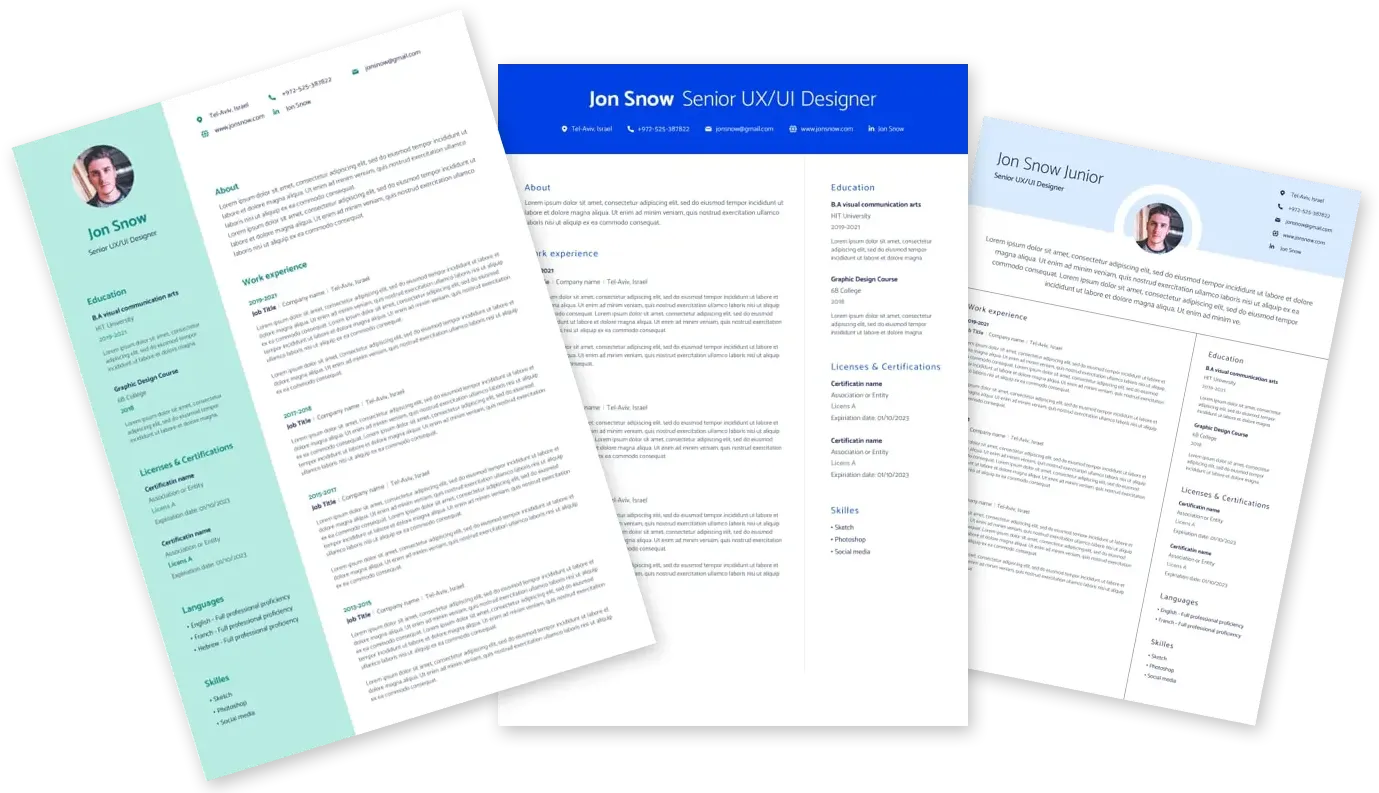
מציאת משרת הייטק בחברות הטובות ביותר מעולם לא הייתה קלה יותר

Microsoft Senior Security Researcher Taiwan, Taoyuan City 521130290
21.05.2025
Qualifications
Required Qualifications
years experiencein software development lifecycle, large-scale computing, modeling, cybersecurity, and/or anomaly detection
- Master's Degreein Statistics, Mathematics, ComputerScienceor related field
Preferred Qualifications
- years experiencein software development lifecycle, large-scale computing, modeling, cybersecurity, and/or anomaly detection
- OR Doctorate in Statistics, Mathematics, ComputerScienceor related field
Certain roles may be eligible for benefits and other compensation. Find additional benefits and pay information here:Microsoft will accept applications for the role until May 29, 2025.
Responsibilities
- Conducting Research
- Identifies, conducts, and supports others in conducting research into critical security areas, such as competitor products, current attacks, adversary tracking, and academic literature.Partnerscross-functionally (e.g., across disciplines, teams, or security versus non-security) to design solutions to prevent attacks. Designs lead to engineering projects. Investigates business critical security issues (e.g., root cause, motivation, and impact).Advocatespriorities. Elevates findings appropriately to address and mitigate issues. Solicits feedback and evaluates results to incorporate into future research. Demonstrates judgment inidentifying
- professional
- Analyzes complex issues using multiple data sources to develop insights andidentifysecurity problems and threats. Createsnew solutionsto mitigate security issues. Makes tradeoffs to balance security and operational needs.Identifiesand recommends process improvements and adopts best practices. Leverages the work of others to improve existing processes. Helps to drive resolution to systemic security issues through cross-team collaboration. Anticipates previously unknown potential artifacts that could be present in data as indicators of attacker activity. Drives cross-team collaboration. May contribute toprofessional
- Recommends prioritization and validation methods for technical indicators. Synthesizes threat data to generate trends, patterns and insights that align to intelligence requirements or customer requests.Reviewsfindings andidentifiesnuanced variants. Develops tools to automate analyses.
- Leadsefforts to clean, structure, and standardize data and data sources.Leadsdata quality efforts to ensuretimelyand consistent access to data sources.Curates
- Takes product schedules,dependenciesand risk assessments into consideration in performing security design and analysis. Creates a schedule for analysis of large feature areas thataccountsfor dependencies andmeetsmilestones. Creates schedule for a security analysis that involves several stakeholders and thatoptimizes
- Identifies, prioritizes, and targets complex security issues that cause negative impact to customers. Creates and drives adoption of relevant mitigations. Suggests and drivesappropriate guidance, models, response, and remediation for issues. Drives program and process of mitigation (e.g., automation).
Solution Generation
- Identifies, prioritizes, and targets complex security issues that cause negative impact to customers. Creates and drives adoption of relevant mitigations. Suggests and drivesappropriate guidance, models, response, and remediation for issues. Drives program and process of mitigation (e.g., automation).
- Solves classes of issues systematically and with transparency to customers in technical implementation and automation of solutions related to specific kinds of security issues (e.g., signature detection, malware, threat analysis, reverse engineering). Begins to develop substantial skills in other kinds of security issues outside areas of expertise. Works across disciplines to build improvements in solutions and methods. Uses results from research and experimentation to drive architecture or product direction for Microsoft.
- Engages with customers and partners to improve security issues. Analyzes security issues or patterns. Advocates for customers and partners. Develops feedback channels and translates feedback into better security practices. Escalates issues as needed. Fosters adoption of security features (e.g., multi-factor authentication [MFA]). Develops and provides guidance and education that result from resolution of security issues.
- Helps to make connections andassistin developing agreements between groups to clarify priorities andidentifydependencies.Provides coordination across groups.Articulates key security issues to teams and to upper management. Autonomously drives coordination and collaboration across teams. Participates in internal or external collaboration inrepresentingMicrosoft's interests.
- Protects tools, techniques, information, and results of security practices. Assesses efficacy of operational security (e.g., red-on-red pen testing). Develops new techniques to evaluate operational security. Teaches others to master techniques.
- Effectively manages multiple workstreams and resources during incidents, applies diagnosticexpertise, provides guidance to other engineers working to mitigate and resolve issues, andmaintainsa commitment to the quality of products and services throughout the lifecycle. Ensures proper notes from incidents are documented and drives the execution of quality postmortem and root cause analysis processes across teams. Performs analysis of historical incident data toidentifytrends, patterns, and issues that should be addressed at high priority.
- Leads large-scale security reviews. Leads work on architectural and design security reviews for feature areas. Whereappropriate, ensures best practices for security architecture, design and development are in place. Measures return on investment (ROI).Determinesvalue of investment.Measurescustomer satisfaction. Evaluates security risks and their impacttothe affected services and works with Dev. Opsleads, engineering leads and researchers to mitigate risks. Monitors and responds to security events, potential vulnerabilities, exposures, and policy compliance issues.
Industry Leadership
- Uses subject matterexpertisetoidentifypotential security issues, tools, mitigations, and processes (e.g., architecture, failure modes, attack chain, threat modeling, vulnerabilities). Stays current in knowledge andexpertiseas security landscape evolves. Makesexpertiseavailable to others and drives change through sharing, coaching, conferences, and other means. Coaches andmentorsothers inareaof expertise. Modelsappropriate risktaking and ethical behavior.
- Helps define deployment best practices and security configuration standards to ensure technologies are deployed in a secure fashion. Researches andmaintainsdeep knowledge of industry trends, technologies, tools, securities, and advances.
- Embody our
משרות נוספות שיכולות לעניין אותך
